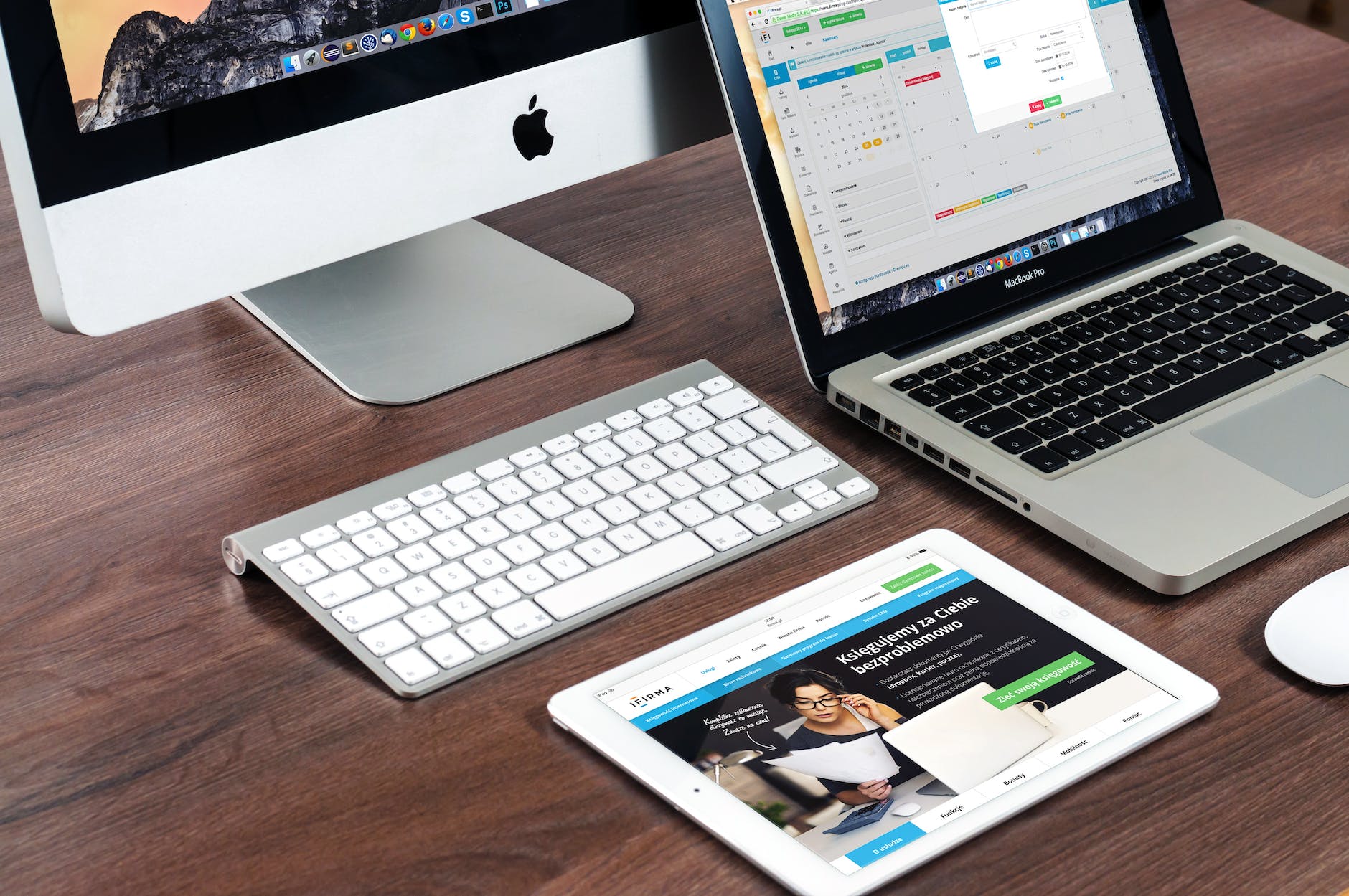Designing for digital media is a unique and challenging task. Whether it’s for websites or mobile apps, the design must be eye-catching, engaging, and easy to use. The design must also be optimized for different devices and screen sizes, and it must take into account the user’s behavior and expectations. Here are some tips for designing for digital media.
- Responsive Design: Responsive design is the practice of designing a website or app that adjusts its layout and content to fit the screen size of the device being used. This is critical in today’s world where people are using an ever-growing variety of devices, from desktops to laptops to smartphones to tablets.
- User Experience (UX) Design: UX design is the process of designing a product or service that is easy to use and provides a good user experience. In digital media, UX design is critical because it helps ensure that the website or app is easy to navigate and use, and that users can find what they’re looking for quickly and easily.
- Mobile-first Design: Mobile-first design is the practice of designing for mobile devices first and then adapting the design for larger screens. This approach is becoming increasingly important as more and more people use their mobile devices to browse the web and use apps.
- Simple Navigation: Navigation is one of the most important aspects of any digital media design. It must be simple, intuitive, and easy to use, and it must allow users to access the information they need quickly and easily.
- Attention-grabbing Typography: Typography is a key element in any digital media design. It must be legible, easy to read, and engaging, and it should help draw the user’s attention to the most important information on the page.
- Visual Hierarchy: Visual hierarchy is the arrangement of elements on a page in order of their importance. In digital media design, visual hierarchy is important because it helps guide the user’s eye to the most important information on the page and makes it easy to find what they’re looking for.
- Color Theory: Color is a powerful tool in digital media design, and it can be used to create emotions, set the mood, and draw the user’s eye to specific elements on the page. Designers should use color theory to select colors that are appropriate for the website or app and that complement the design.
These are just a few of the many important considerations for designing for digital media. By following these tips, you’ll be able to create designs that are eye-catching, engaging, and easy to use, and you’ll ensure that your designs are optimized for different devices and screen sizes.
